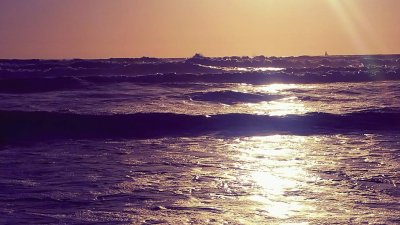- Joined
- May 9, 2002
- Messages
- 13,058
- Real Name
- Cameron Yee
That you're photographing pets makes it more challenging, because the usual advice is to find a different location (e.g. entirely shaded) or have the subject face a different direction (e.g. so their back is to the sun). In the last two, they are essentially backlit, so if you want the subject to be properly exposed, you're going to have to blow out the background even more (i.e. heavily overexpose it so it loses most of its detail).
The above assumes you don't want to use daylight fill flash, which is the other strategy, but it's pretty much a whole other thing (but definitely worth learning). The basic idea is that you can expose for the background, which underexposes your subject, but then use the flash to light the subject back to proper exposure.
The above assumes you don't want to use daylight fill flash, which is the other strategy, but it's pretty much a whole other thing (but definitely worth learning). The basic idea is that you can expose for the background, which underexposes your subject, but then use the flash to light the subject back to proper exposure.
Last edited:








 We're a PC-only family.
We're a PC-only family.